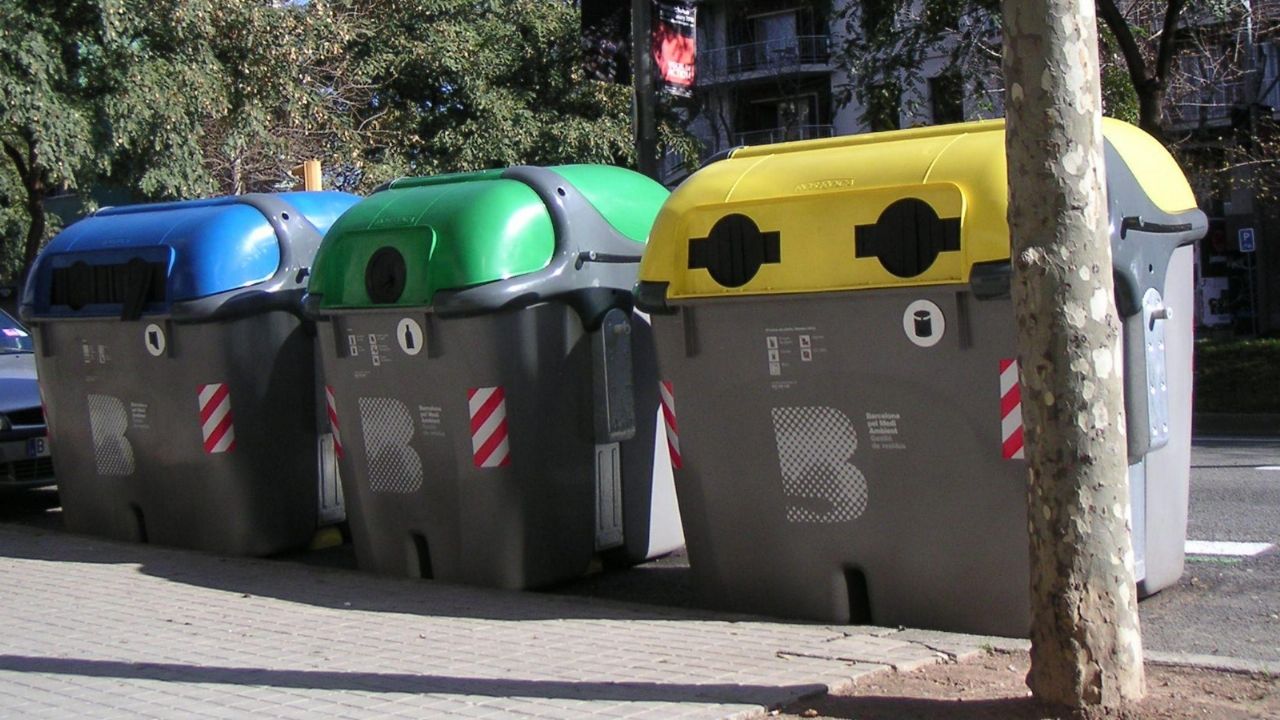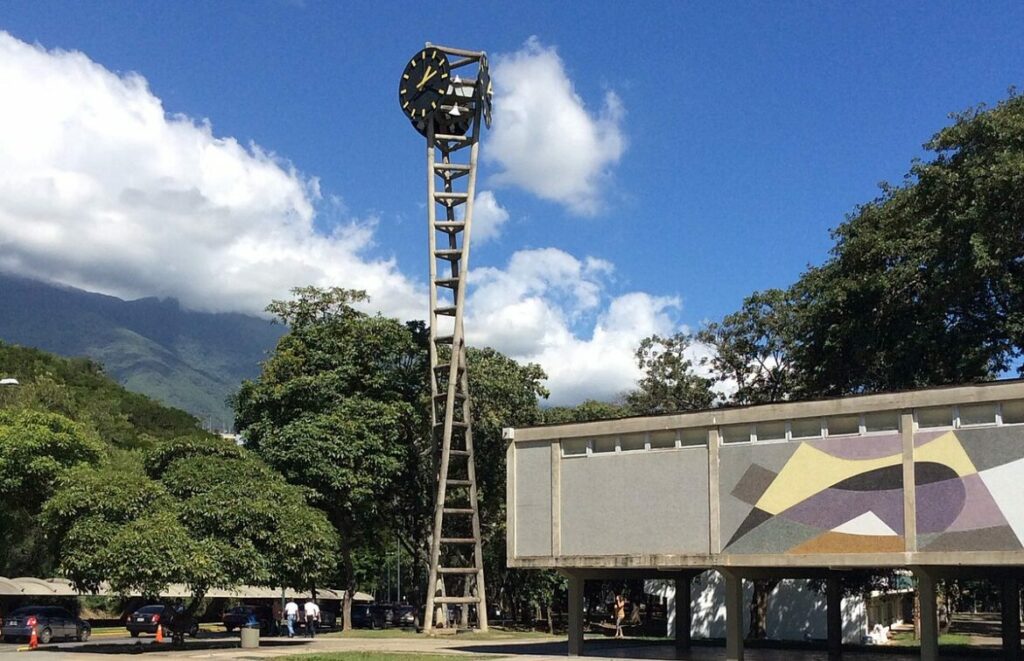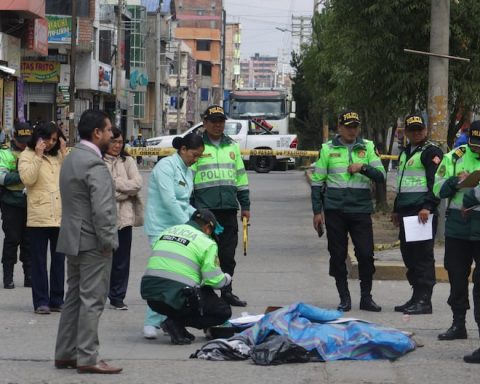The Government regulated this Monday the Comprehensive Household Waste Management Law No. 25,916, through which a unified code of seven colors is created for the classification of waste.
With the new code, citizens must have their waste according to each color category, which will be discriminated according to the type of trash.
As provided by law, the waste they must be classified in containers by color and, preferably, the bags must be the same color as the container or transparentthis in order to easily identify its content.
The new system will be applied both in the provinces and in the Autonomous City of Buenos Aires, and as explained by the Government, the process will be implemented gradually.

The program, also called GIRSU, is a transversal strategy promoted by the Ministry of the Environment, with the aim of promoting “environmental sanitation and optimization of resources to guarantee modern and efficient management of urban solid waste, under the paradigm of economic circular”.
Said plan also contemplates the construction of environmental centers for waste management, the closure and sanitation of non-operational open-air dumps, as well as better working conditions for recyclers.

For their part, citizens must learn to separate their garbage correctly, since the program also encourages reuse and recycling to reduce consumption and pollution levels.
How is the new color code
Gradually, all citizens of the country must classify their trash according to each color category, which is as follows:

- Green: waste recoverable dry
- Black: considered trash
- Brown: waste recoverable organic
- Yellow: plastics
- Blue: papers and cardboard
- White: glass and its derivatives
- Grey: Metals

















